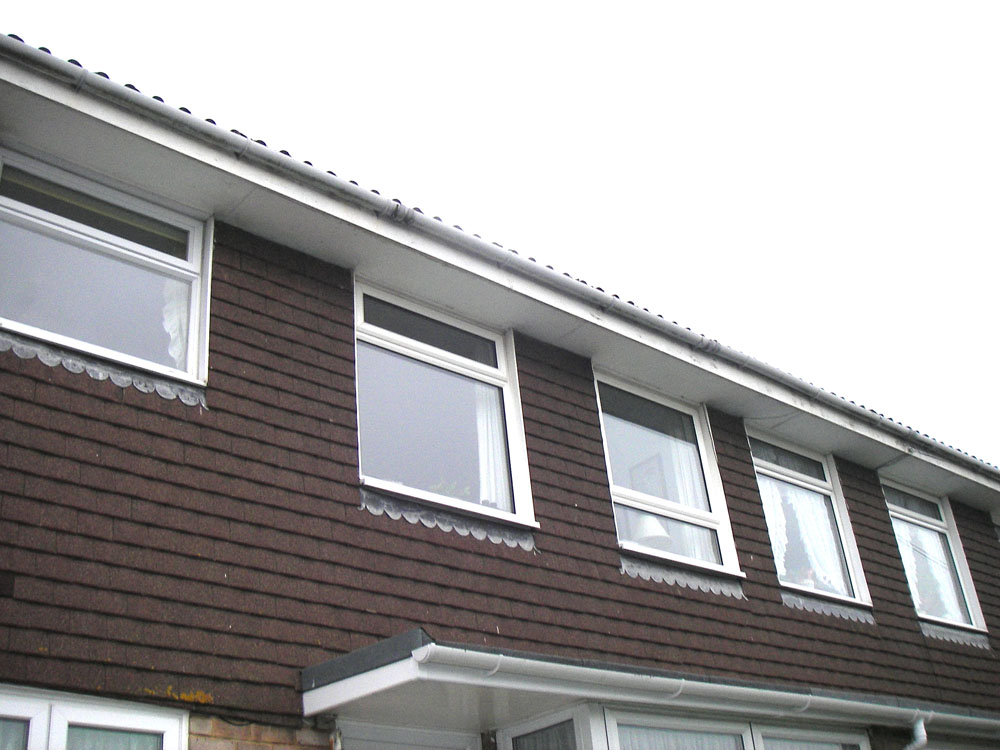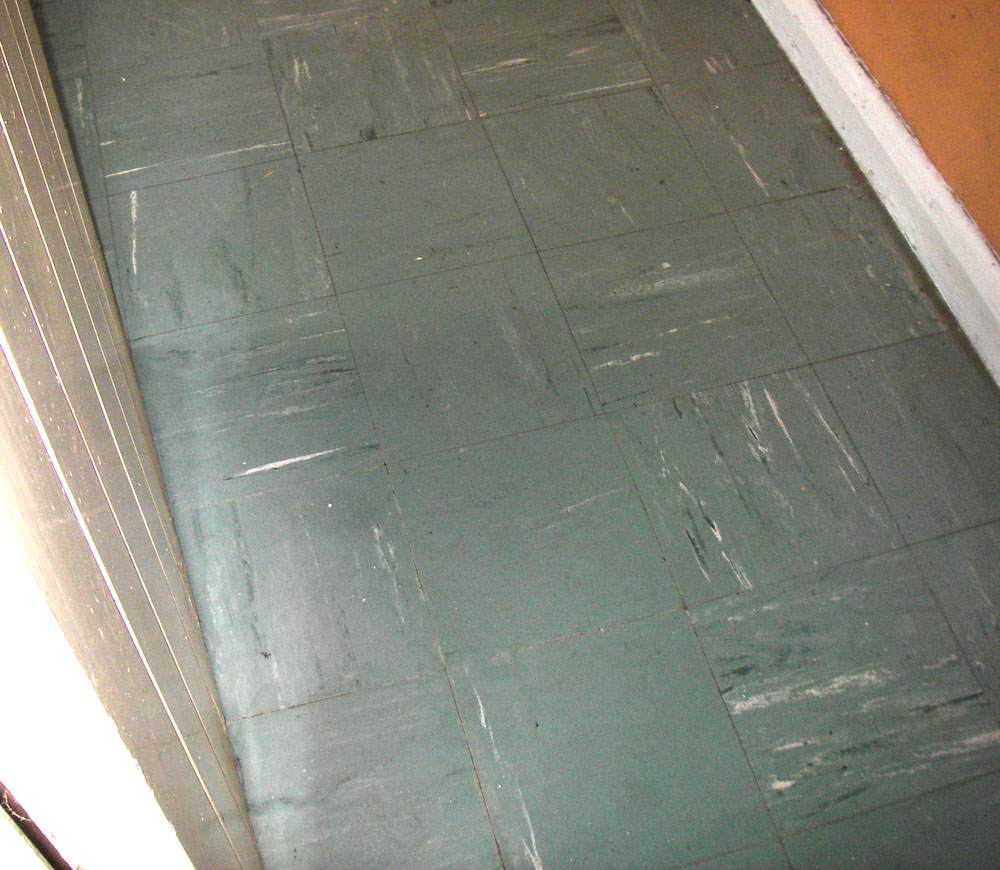Asbestos Information
What is Asbestos?
Asbestos refers to six naturally occurring fibrous minerals: chrysotile, Amosite, crocidolite, tremolite, actinolite, and anthophyllite. Among these, chrysotile and Amosite asbestos are most common.
Although asbestos fibers are microscopic in nature, they are extremely durable and resistant to fire and most chemical reactions and breakdowns. These properties of asbestos were the reasons that supported its use for many years in a number of different commercial and industrial capacities. The strength of asbestos, combined with its resistance to heat, allowed it to become the material of choice in a variety of products.
Asbestos is now strictly regulated as exposure to this toxic mineral can now be directly and scientifically linked to a number of lung and respiratory conditions including mesothelioma.
History of Asbestos
Asbestos has been used in fire resistance applications, such as crematoriums, for centuries but was first used in building and construction as far back as the late 1800’s. Extensive usage occurred within the construction of buildings, between the late 1940’s until the mid-1970’s. However, some asbestos products were still being installed in buildings as late as 1999.
Legislation is based on a new duty to manage asbestos, The Control of Asbestos Regulations 2012 (CAR2012). This regulation gives specific guidance on who the duty holder is and their responsibilities. Principally the duty holder must find out the location and quantity of all asbestos materials in their building and the condition of that asbestos must also be assessed.
Common Asbestos Products
Asbestos is used in a variety of products, including, but not limited to, roofing tiles, floor tiles, ceiling materials, cement compounds, textile products, and automotive parts.
Asbestos has been used in buildings commercially for over 100 years. The list below shows some of the most common products that were used. For a more comprehensive list, refer to HSG 264: The Survey Guide, published by the HSE.

Asbestos in the Home
Many of the asbestos products found in the home are well bonded. This means they present a very low risk of fibre release if left undisturbed and in good condition.

Textured Coating
Sometimes referred to by one of the trade names “Artex”, textured coating typically contains 2-5% chrysotile (white asbestos). It can frequently be found on ceilings, though may also be applied to walls.
The asbestos was added as a binder so that the textured coating kept its shape whilst it was wet.

Flooring

Insulating Board


